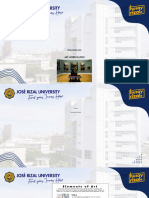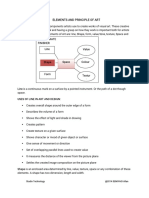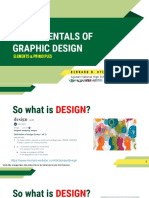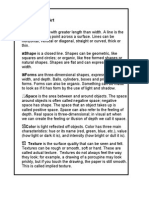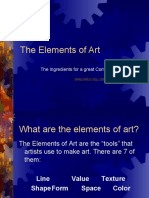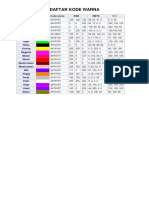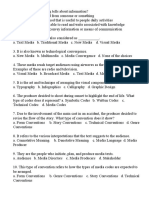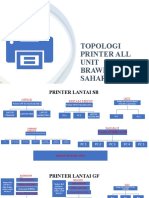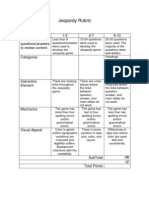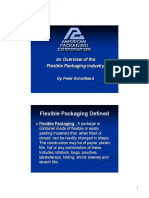0% found this document useful (0 votes)
86 views14 pages2D Art Basics for Art Students
This document discusses the basic elements and principles of 2D art, including line, shape, space, texture, value, and color. It provides definitions and examples of each element, as well as describing techniques like shading, tinting, and using elements to create depth, movement, and expression. Tasks are included throughout to have the reader apply different elements in drawings.
Uploaded by
mercyjames2905Copyright
© © All Rights Reserved
We take content rights seriously. If you suspect this is your content, claim it here.
Available Formats
Download as PDF, TXT or read online on Scribd
0% found this document useful (0 votes)
86 views14 pages2D Art Basics for Art Students
This document discusses the basic elements and principles of 2D art, including line, shape, space, texture, value, and color. It provides definitions and examples of each element, as well as describing techniques like shading, tinting, and using elements to create depth, movement, and expression. Tasks are included throughout to have the reader apply different elements in drawings.
Uploaded by
mercyjames2905Copyright
© © All Rights Reserved
We take content rights seriously. If you suspect this is your content, claim it here.
Available Formats
Download as PDF, TXT or read online on Scribd
/ 14















